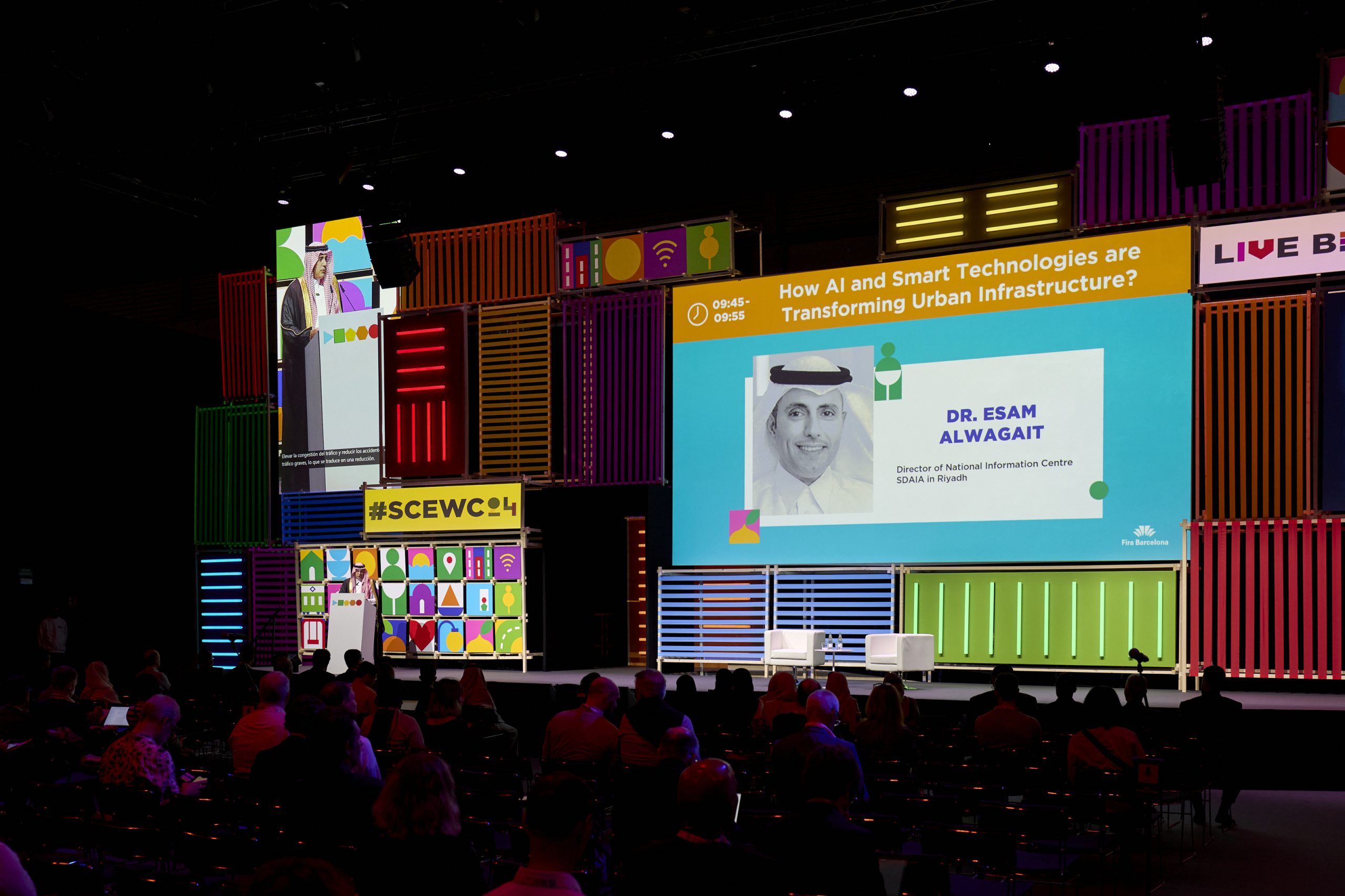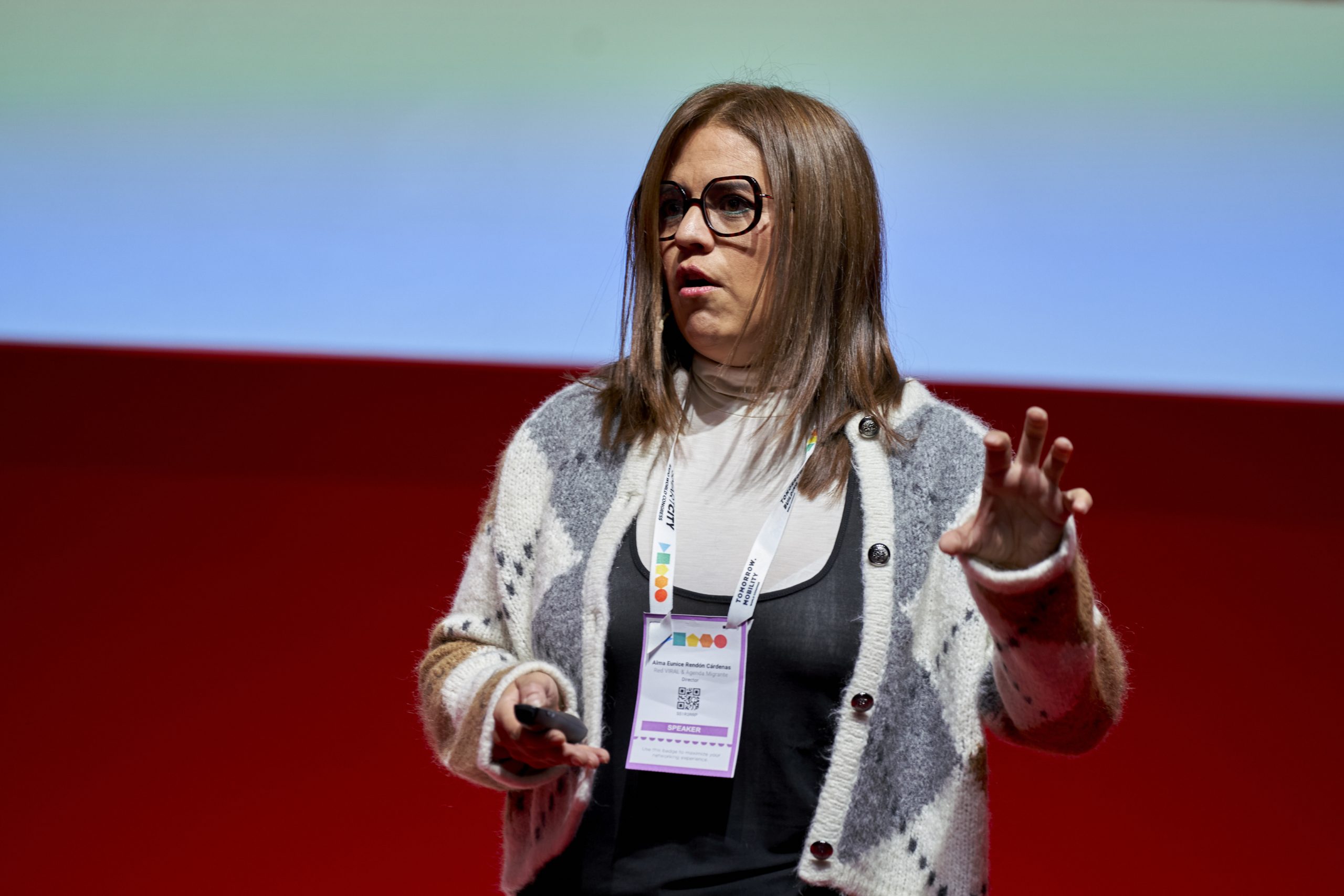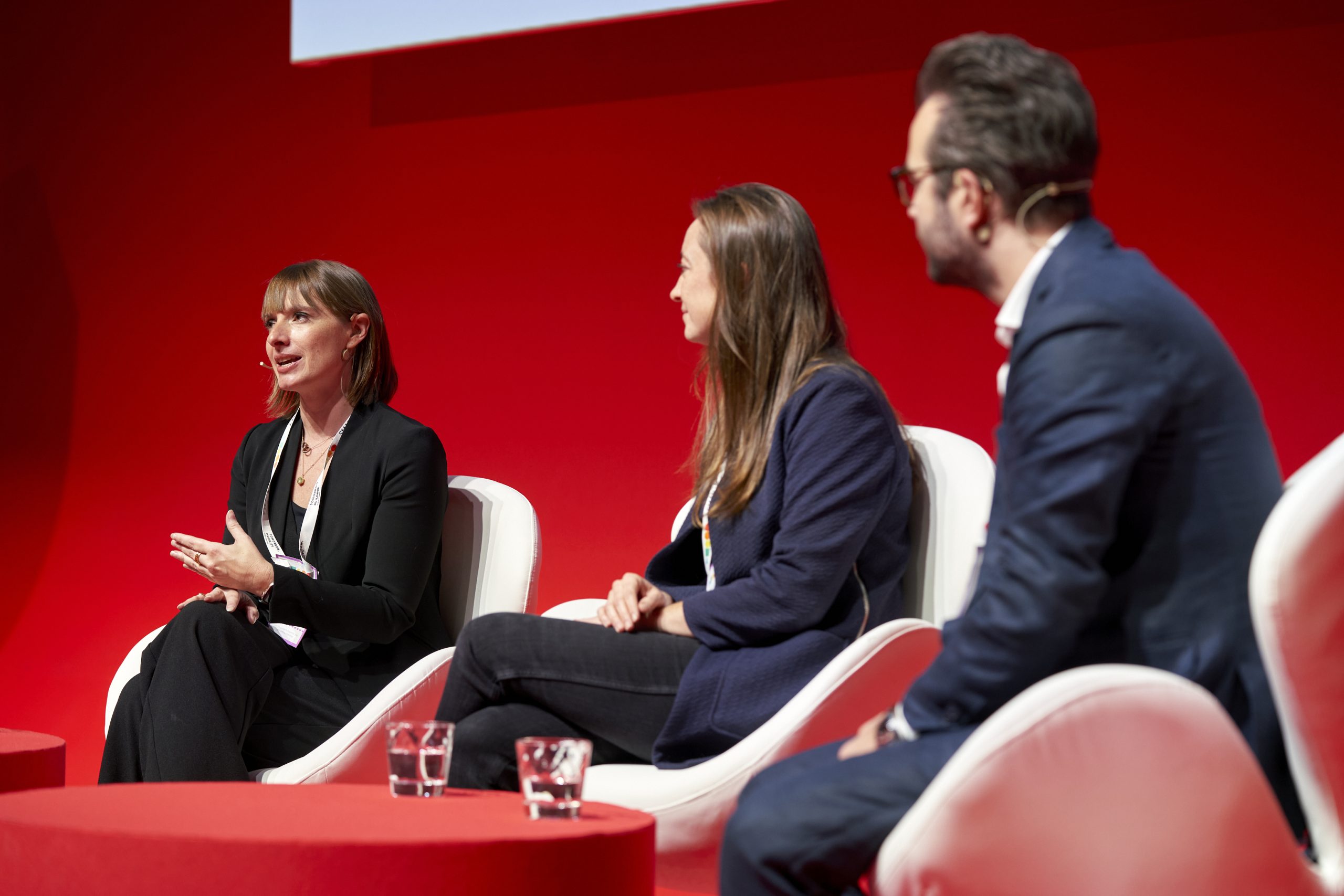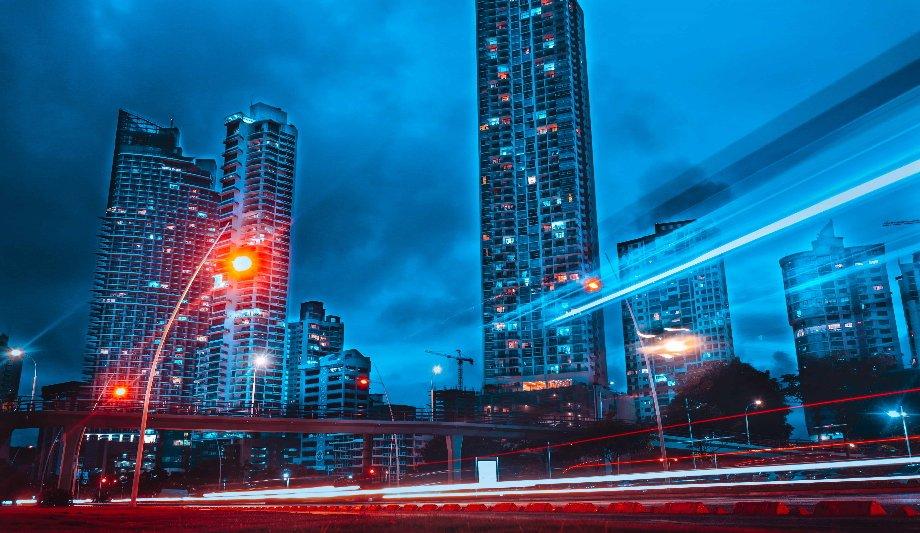Author | Jaime Ramos
Natural disasters and their consequences prompt reflection on how to enhance the resilience of cities and regions against their impact. The earthquakes in Turkey and Syria, along with their high number of victims, have been some of the most recent alarms. Cities have a crucial responsibility in addressing natural disasters, particularly earthquakes. An earthquake measured at the higher end of the Richter scale can have devastating effects.
The way cities build, organize, and design their crisis response strategies is essential for avoiding excessive costs. Earthquakes are common in Japan, making the country and its cities benchmarks for effective seismic practices.
Is there any margin for saving lives? The Japanese experiences shows that there is. The analysis of how the Japanese have dealt with seismic impacts in their cities through urban planning and architectural strategies offers valuable lessons for other towns and regions in seismic risk areas.
Japan and earthquakes: A historic learning experience
The over 3,000 Japanese islands are located in a region with intense geological and seismic activity, a situation similar to that of the Anatolian Peninsula. This is key to understanding why there are so many earthquakes in Japan. The country is located within an even more vast area known as the Pacific Ring or Girdle of Fire and which affects its entire Oceanic perimeter, from the coasts of America to Asia, Oceania and Polynesia.

This name applies to the plate subduction phenomenon, i.e. one plate submerging under another. This collision between plates is the main cause of earthquakes. In Japan there are over 5,000 earthquakes each year, of which “only” one fifth are noticeable and “not too many” are catastrophic.
However, as in other parts of the world, the risk and consequences of major earthquakes and their associated effects (tsunamis) exists and forms part of the Japanese experience. In fact, the University of Tokyo, predicts that the capital has a 98% chance of experiencing a major earthquake in the next three decades.
The earthquake in Japanese mythology

Seismic events are so embedded in Japanese culture that they have a traditional and religious explanation. Japanese mythology refers to a yokai (creature or demon) in the shape of a giant underground catfish called Namazu. God Kashima is responsible for controlling it, however, sometimes this deity gets distracted and Namazu causes the disaster with its tail. Unsurprisingly, there have been thousands of replicas and analogies in Japanese fiction in the form of threats that come from the sea.
This presence in the culture is intertwined with a long history of earthquakes and seismic events. The history of earthquakes in Japan spans decades, though the most tragic example occurred relatively recently.
The Kantō earthquake is considered to be the most devastating earthquake in Japan’s history. It occurred in 1923 with a magnitude of 8.2 on the Richter scale, destroying the city of Yokohama and severely affecting numerous neighboring towns, including Tokyo. The number of deaths and missing persons reached hundreds of thousands, and approximately half a million homes were damaged. The impact of this earthquake was so significant that, decades later, Japan established its anniversary as Disaster Prevention Day.
Prior to this earthquake, a major earthquake had been recorded in 1707. Subsequent notable earthquakes occurred in 1995, 2007, 2008, 2010, and most notably in 2011. The 2011 earthquake, the most memorable in recent history, generated a tsunami that affected around twenty Asian countries.
What was the Japanese earthquake of 2011 like?
The last major earthquake took place on March 11, 2011. It was also the worst and most intense since records began. At its most critical moment it reached a magnitude of 9.1 M**~w~** (Turkey and Syria in 2023 recorded consecutive magnitudes of 7.8 and 7.7 M~w~). The death toll reached 19,759 people.
The 2011 phenomenon was devastating and brought with it a whole host of fatal consequences, including the disaster at the Fukushima Nuclear Plant. Japan used this experience to boost a strategy that the country had been following for decades. Because, despite the severity of the 2011 earthquake, there have been even more tragic ones in Japan’s history, such as that of 1923, which devastated Tokyo and caused 140,000 deaths.
What notable measures has Japan taken to reduce the impact of earthquakes?
Without being so intense on the Richter scale, the region of Fukushima has experienced three earthquakes with magnitudes ranging between 7.4 and 7.1 M~w~ (in 2016, 2021 and 2022). It is extremely significant that the death toll, both the estimated and confirmed death toll, did not exceed a dozen in each case.
This is not only because the earthquakes were less violent, but also thanks to the country’s notable plan of disaster mitigation measures. The history of earthquakes in Japan has served as a continuous lesson for the country, enabling it to learn from past experiences and avoid repeating the most devastating effects.
How does Japan withstand earthquakes?
The day after the 1923 earthquake in Japan, citizens were confronted with piles of rubble. The city’s buildings, constructed in the style of European architecture, did not withstand the force of the Kantō earthquake. Japan then developed its first building code, designed to make its cities more resistant to seismic forces. The first regulations mandated the use of steel and concrete, and specified thicker beams when using wood.
Since then, Japan has become a paradigm of seismic-efficient construction. Earthquake prevention is a key component of urban planning initiatives. Earthquake prevention starts with its inclusion in the political agenda, particularly within the regulations and plans established by the ministry responsible for infrastructure. A 2018 report by this ministry analyzed the situation and concluded that, of the 53.6 million households registered in the country, 46.6 million included seismic resistance systems or technologies.
In 1981, Japan updated its building code once again, further optimizing earthquake preparedness with a more efficient retrofitting system. The practice has demonstrated increased efficiency: when similar earthquake conditions to those of the Kantō earthquake occurred again in 2011, the buildings managed to withstand the impact. The high death toll on the Asian continent was not caused by the tremors and their effects on Japanese soil, but rather by the tsunami that impacted the coasts immediately afterward.
The three earthquake-retrofitting levels in Japan
Although globally there are three types of seismic reinforcement technologies (through dissipation, resistance and deformation-ductility), Japan has been perfecting retrofitting programs since 1981, based on a three-level classification system:
- Taishin. Mandatory and based on reinforcing the genuine structures of buildings, such as beams, pillars or walls. The standards are aimed at both improving the structure and making it stronger.
- Seishin. Recommended for tall buildings, particularly in cities. The system uses a series of technologies that function as shock absorbers, to absorb and control vibrations.
- Menshin. This includes methods to isolate the structure of the building from the ground. It is the most advanced recommended form of technology, but also the most expensive.
Although new buildings include this series of measures, there is still a great deal of work to be done. For example, an inspection conducted in 2021 in Tokyo highlighted that 93% of the 4,000 wooden homes built before 2000 needed concrete retrofitting services.
Prediction and alert system
Likewise, another key aspect is preparing citizens. Japanese earthquake policies are based on prevention. Accordingly, there is a centralized national alert system in place in the Japan Meteorological Agency. The alerts for the population are activated as soon as a possible threat is detected that exceeds 5 M~w.
The media become official sources of information about the earthquake and its effects, and people had survival kits at home to deal with the aftermath. The education system now prepares people to know what to do: simulations are performed in schools to teach students how to act in the event of an earthquake.
Japan’s strategy to combat natural disasters
Japan’s efforts to combat earthquakes run parallel to a national strategy for addressing natural disasters. Japanese cities not only plan for potential earthquakes but also prepare for other contingencies. Residents do too: every September, Disaster Preparation Week is held, during which residents ensure they are prepared for these types of situations. For example, they verify the emergency resources they have at home.
Tokyo’s plans include achieving complete disaster resilience by 2040. In addition to earthquakes, the city is preparing for volcanic eruptions, flooding, cyclones, power outages, and pandemics. Urban planning is essential to achieving this goal.
Prevention and technology
It is clear from the Japanese experience that prevention tasks require very advanced specialist technology. Seismic phenomena are sometimes complicated to determine in terms of intensity, time and space. In this regard, the metaphor of the unpredictable giant deep-sea fish tail shaking the ocean seems, at the moment, to be correct.
Images | Freepik/mrsiraphol , Tokyo Metropolitan Library






















































